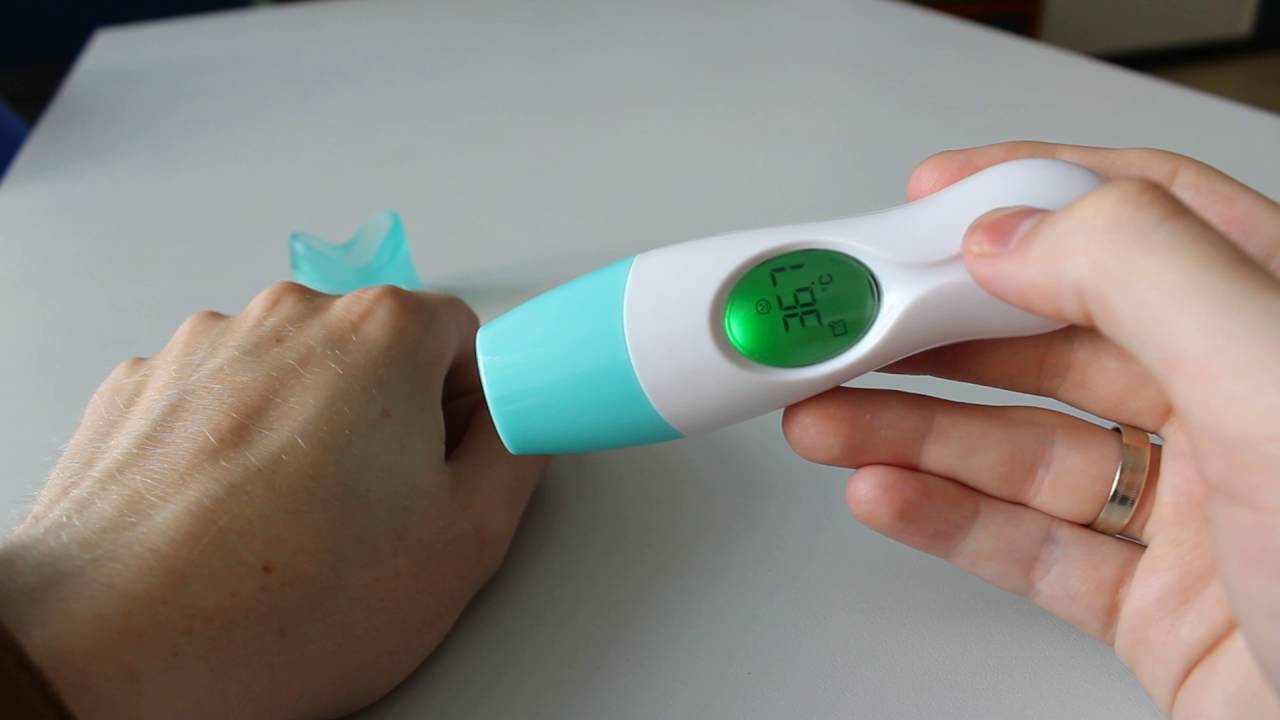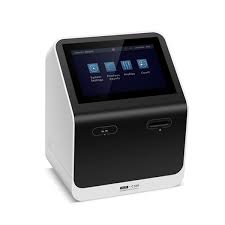Infrared thermometers are devices that are used to measure the surface temperature of an object without coming in contact with it. They work by capturing the infrared radiation emitted or reflected from the surface of objects. These thermometers can measure temperature from a distance and are useful in various applications like food and medical industries, HVAC maintenance, industrial processes and more.
How Infrared Thermometers Work
Infrared thermometers work based on the principle that all objects emit some form of electromagnetic radiation. This radiation, called infrared radiation, lies just beyond the visible range of light in the electromagnetic spectrum. The amount of infrared radiation emitted by an object increases with its temperature.
Infrared thermometers have an infrared sensor inside them which detects the infrared wavelengths radiated by the target surface. This sensor converts the detected infrared signal into an electronic signal. The electronic signal is then processed by a microcontroller inside the thermometer. It determines the surface temperature by correlating the amount of infrared radiation detected to known emissions curves of how objects radiate at various temperatures. Finally, it displays the temperature digitally on its screen.
Accuracy Factors
For accurate temperature readings, some key factors need to be considered with Infrared Thermometers:
Surface properties – The surface emissivity of the target object affects how much infrared radiation it emits. Metals have lower emissivity than non-metals. Emissivity setting on the thermometer must match the target.
Distance to target – Most thermometers specify a minimum spot size distance for accurate readings. Stray infrared signals can cause errors if the distance is too close or too far.
Field of view – Thermometers have a specified field of view angle. Only the target area falling within this angle is measured accurately. Surrounding areas can distort readings.
Reflections – Infrared signals from surrounding hot/cold areas can get reflected and affect measurements if target emissivity and distance guidelines are not followed.
Atmospheric conditions – Moisture/dust in the air path between thermometer and target can absorb some infrared wavelengths, impacting accuracy.
These factors need care when taking surface temperature measurements for high accuracy applications. Proper calibration also ensures thermometer performance.
Applications
Infrared non-contact thermometers find use in many different applications due to their ease of use and safety:
Food processing – Temperature monitoring of cooking surfaces, checking food temperatures. FDA approved for HACCP compliance.
Medical industry – Body temperature screening, checking incubators and sterilizing equipment temperatures.
HVAC/building maintenance – Identifying HVAC system issues, checking duct airflow, insulation performance evaluation.
Manufacturing – Temperature testing during industrial processes like welding, annealing, drying, curing without interfering.
Electrical – Detecting hotspots in electrical panels, transformers without switches being turned off.
Automotive – Testing engine, transmission and brake temperatures during operation for diagnostics.
Home appliance repair – Identifying faulty components or refrigerant leak issues by surface temperature readings.
Scientific usage – Meteorology, research requiring remote non-contact thermal scans over long distances.
Safety equipment – Firefighting gear to check safety of equipment after usage remotely.
Types of Infrared Thermometers
Infrared thermometers are available in different types based on technology, features and accuracy requirements:
Fixed mount – These have the sensor mounted internally and work best for consistent process monitoring applications.
Handheld – Portable devices with ergonomic designs for field use across diverse industries. Accuracy ranges from ±1°C to ±5°C.
Touchless – Specifically designed for contactless body temperature screening amid pandemic situations, achieving accurate temperature readings at distances up to few inches from the body.
Thermal cameras – Provide thermal imaging capabilities along with temperature readings. Used where spatial temperature mapping is important over a wide field of view. Offer high accuracy of ±0.5°C but with higher costs.
Industrial grade – High accuracy of ±0.5°C or less, suitable for critical processes in industries like semiconductor manufacturing, diagnostics where repeatability is critical.
Low cost – Budget models for general non-critical usage areas like HVAC maintenance. Accuracy around ±3°C is common but suffice for basic temperature indication applications.
Infrared thermometers have emerged as indispensable tools across diverse industries due to their non-contact mode of temperature measurement from a distance. Their accuracy depends on factoring surface properties, measurement conditions and thermometer specifications. Advances in sensor technologies will further enhance measurement capabilities of infrared thermometers with wider temperature ranges, improved accuracy, longer detection distances and integration of advanced features. Their usage will continue to grow across both industrial and commercial fields for safer, faster and more reliable thermal scanning applications.
*Note:
1. Source: Coherent Market Insights, Public sources, Desk research
2. We have leveraged AI tools to mine information and compile it



